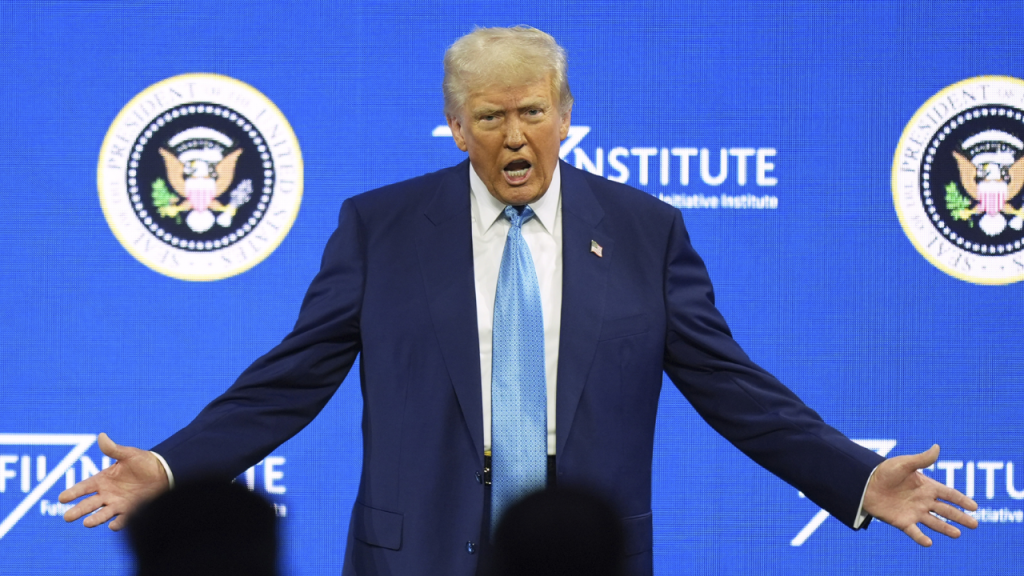
President Donald Trump and tech entrepreneur Elon Musk have proposed a new initiative called the “DOGE Dividend,” aiming to distribute $5,000 checks to eligible American households.
This plan is part of a broader effort to return a portion of government savings to taxpayers
What Is the DOGE Dividend?
The “DOGE Dividend” refers to a proposed one-time payment of $5,000 to qualifying U.S. households. The funds would come from savings achieved by the Department of Government Efficiency (DOGE), a temporary agency established by President Trump and led by Elon Musk. DOGE’s mission is to reduce federal spending and improve government efficiency.
Origins of the Proposal
The idea was initially suggested by James Fishback, CEO of investment firm Azoria, on the social media platform X. Fishback proposed that 20% of the savings identified by DOGE be returned to taxpayers as a dividend.
Musk responded to the suggestion, stating he would discuss it with President Trump.
Potential Impact and Eligibility

If DOGE achieves its ambitious goal of saving $2 trillion, 20% of that—$400 billion—could be distributed among approximately 79 million taxpaying households, resulting in $5,000 per household.
However, the actual savings reported by DOGE so far are significantly lower and have been met with skepticism.
Eligibility for the proposed dividend would be limited to households that are net payers of federal income tax. This means individuals who pay more in taxes than they receive in benefits.
Lower-income Americans, who often have little to no federal tax liability, would not qualify for this payment.
Legislative and Economic Considerations
For the DOGE Dividend to become a reality, it would require approval from Congress. Some lawmakers have expressed concerns about the feasibility of achieving the necessary savings and the potential inflationary effects of distributing such payments.
Experts also caution that while the idea aims to return savings to taxpayers, the actual implementation could be complex. There are questions about the accuracy of the reported savings and whether the funds could be better utilized to address the national debt or other pressing needs.
Conclusion
The proposed $5,000 DOGE Dividend represents an innovative approach to fiscal policy, aiming to reward taxpayers by returning a portion of government savings.
However, significant hurdles remain, including verifying the actual savings achieved by DOGE, determining eligibility criteria, and securing legislative approval.
As discussions continue, taxpayers are advised to stay informed and cautious about the potential for such a dividend.
